A modern fashion staple since the 1930s, the history of platform shoes starts as most enduring design does, with form following function. Buckle up and we’ll take a supersonic trip through their history. No one culture can claim inventorship of platform shoes. They developed in many places to both solve problems and look awesome.
Starting in the theater, because platform shoes are more than capable of bringing the drama, it’s not surprising that kothorni were used by actors to elevate some characters above others on the stage in Ancient Greece.

Geta, a wooden Japanese shoe with “teeth” underneath to add height, have been found dating back to as far as the 790s. Worn for practical reasons to elevate feet above muck, decorative lacquered versions were later adopted by courtesans.
Pattens, wooden or metal protective shoes strapped to the foot and worn outdoors, were used in Europe from the Middle Ages until the early 20th century. They were entirely practical, protecting thin soled shoes and feet from the muck, manure and sewage in the streets. One did not wear one’s pattens into the house for obvious reasons.
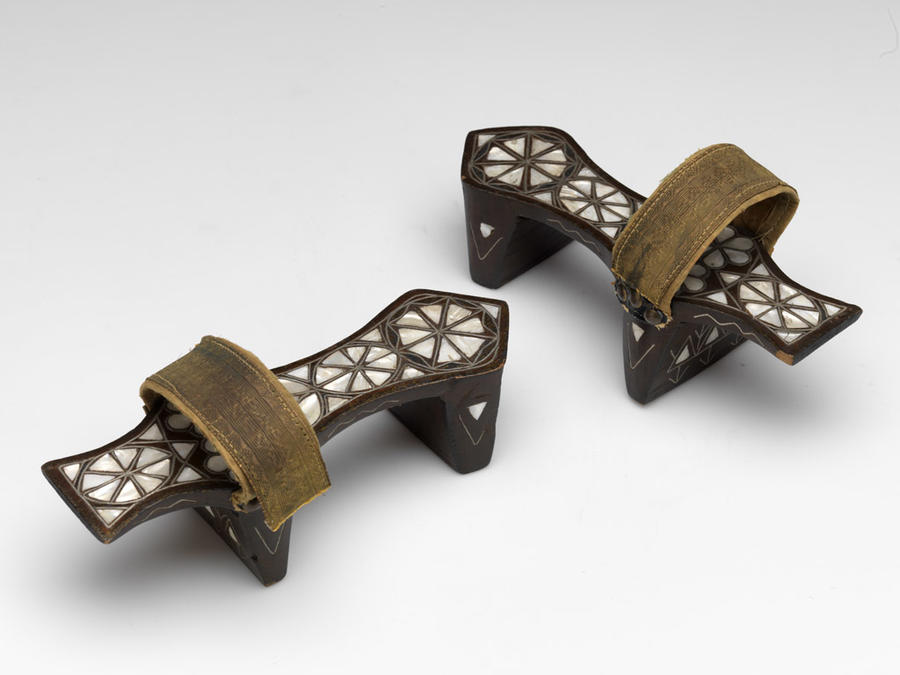
Kabkabs were worn for practical reasons as well, to protect Turkish women’s feet from muck in the streets and yuck at the baths, from the 14th to 19th century. Made of wood with leather straps, they ranged from simple to quite ornamental.
The last stop on the tour is the chopines, the fanciful footwear of Venetian, Spanish and other European women from 1400 to 1700. They were the footwear equivalent of “the higher the hair, the closer to heaven.” Some pairs of these ornamental platforms were up to 20 inches tall. Mostly made of wood or cork, the height was representative of social status. Wearers required assistance to get chopines on their feet and often required a servant on either side or a pair of walking sticks to stay upright while moving in them.
The Modern Eras for Platform Shoes
Platform shoes became part of modern fashion history starting in the 1930s -1940s, then came roaring back for the mainstream and theatrical markets in the 1970s and have never really left.
Early in the 1930s, Moshe Kimel designed a platform shoe for actress Marlene Dietrich. A German Jew, he emigrated to the US and opened a shoe factory in Los Angeles in 1939. Photos from that era are elusive, but a more modern shoe from the factory, the 1970s Wonder Wedge by Bonnie Smith for Kimel, was sold by KCOVINTAGE on Etsy for $399.
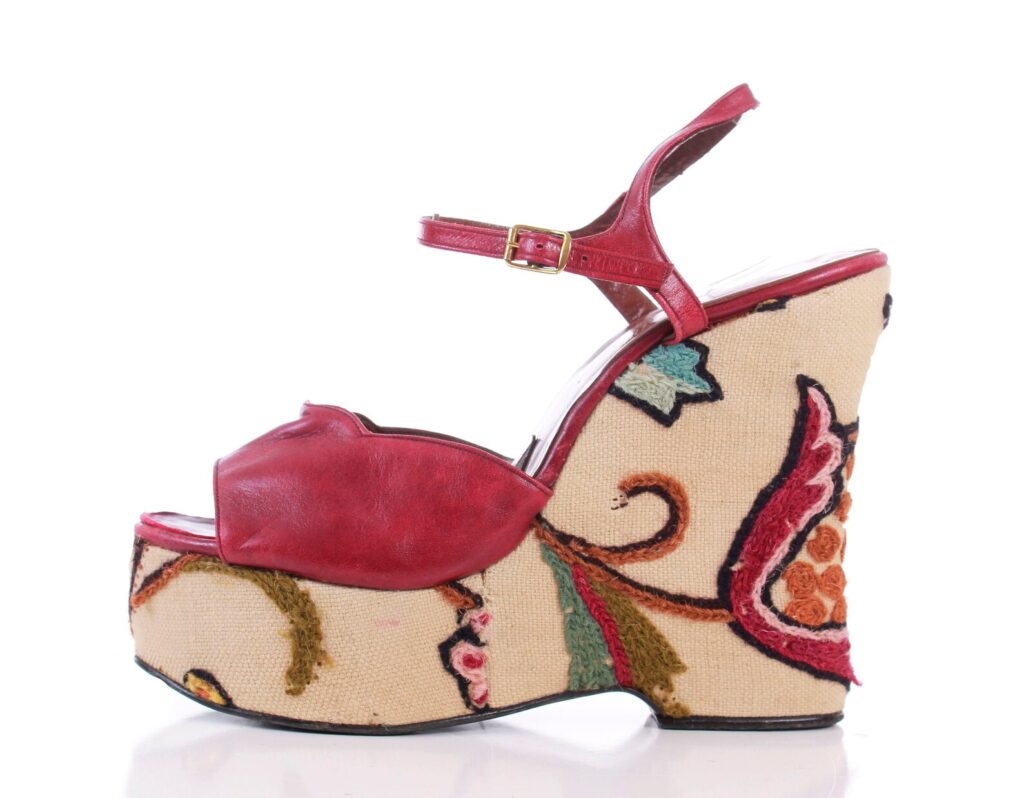
Italian designer Salvatore Ferragamo designed the rainbow platform in 1938, inspired by Judy Garland, Hollywood and the song Over the Rainbow. According to the Bata Shoe Museum, Ferragamo had limited access to materials due sanctions resulting from Mussolini’s 1935 invasion of Ethiopia. He reached back to Spanish chopines and used cork, which allowed the shoes to be lightweight and pleasant to wear.
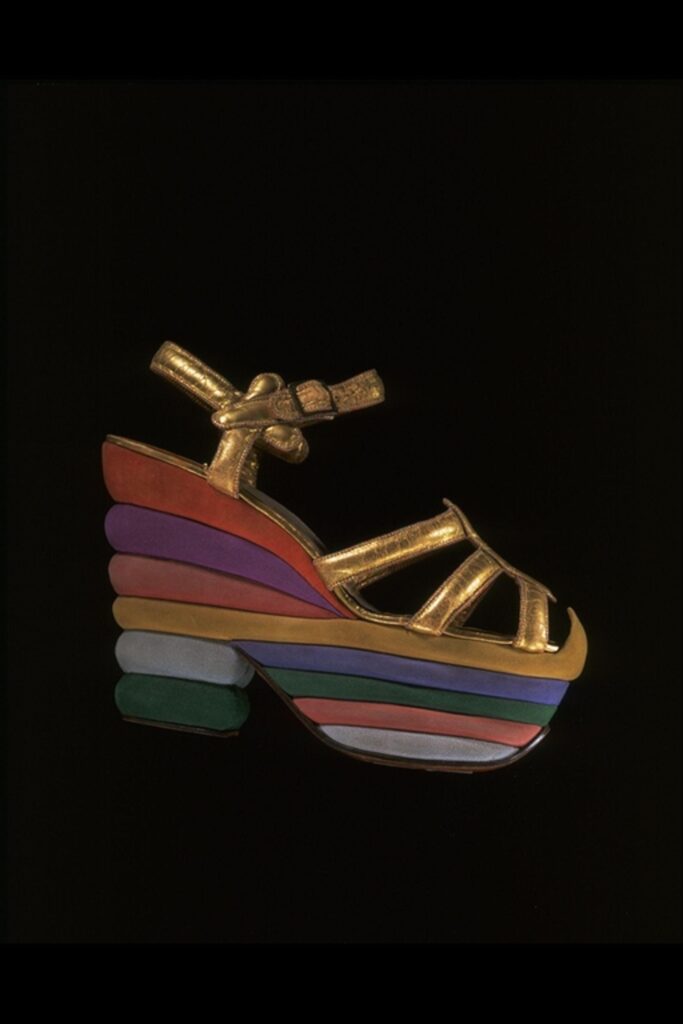
Shoes got tidy and traditional during the 1950s and 1960s, but all bets were off with platforms in the 1970s. Worn by men and women on the street, in discos, at school, at the office–platforms were everywhere. Even mass marketers like Sears got in on the trend. Platforms also ruled TV, stage and rock and roll. Oh for a pair of theatrically outrageously cool platforms like those of style icon David Bowie.
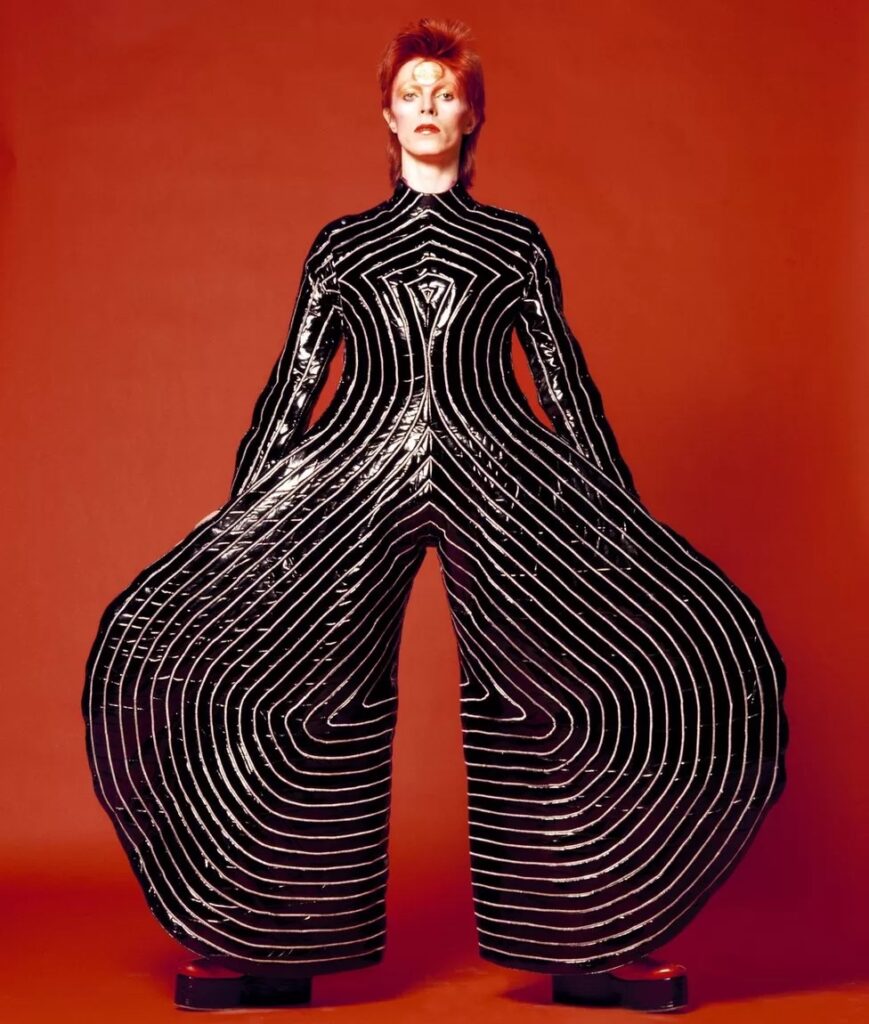


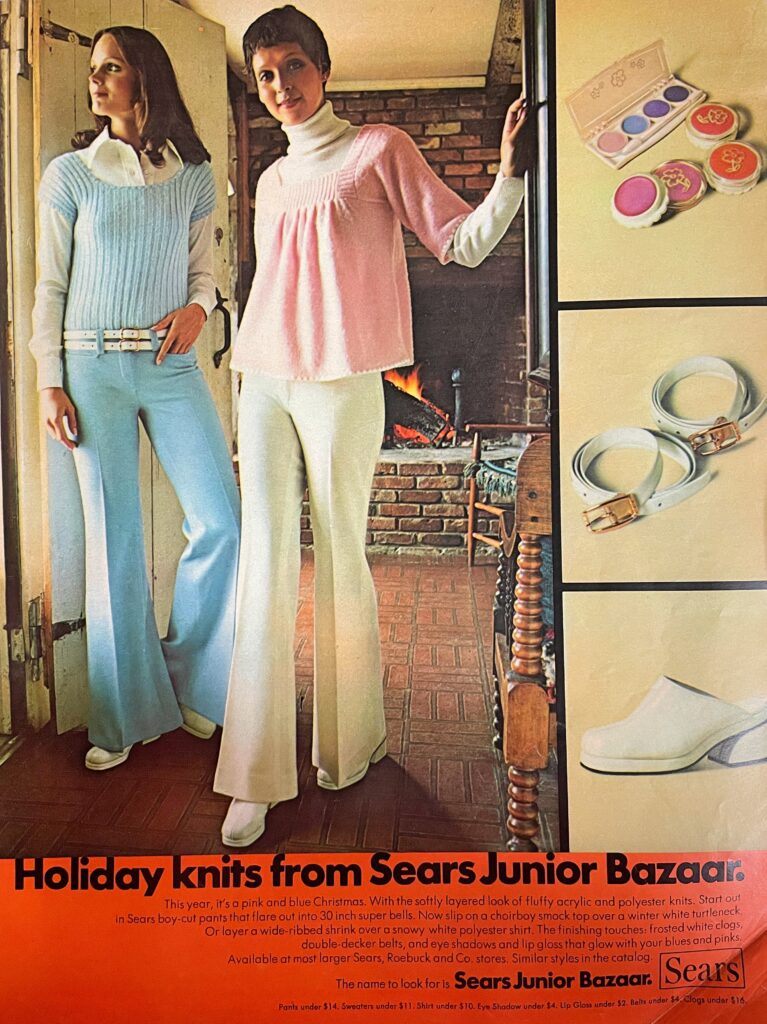
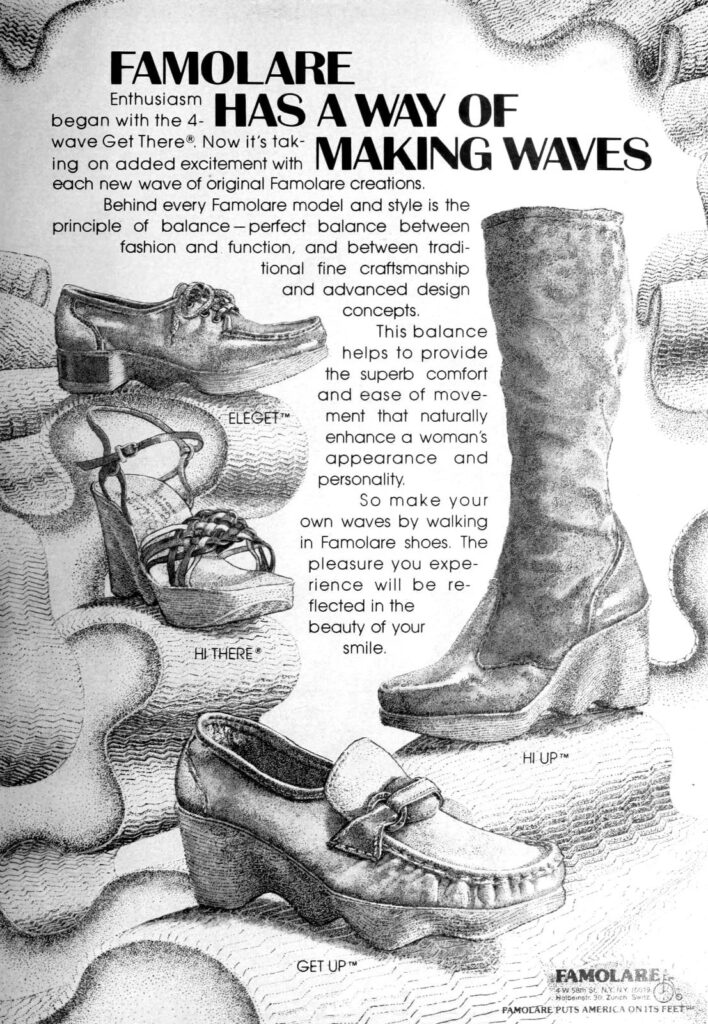
One of the most ubiquitous platform shoes of the 1970s was the cork platform with a crisscross leather toe strap and ankle strap. They came in a variety of heights. Based on personal experience, most of them got worn to death. But no fear, Kork-Ease makes a modern version of their same iconic 1970s shoe.
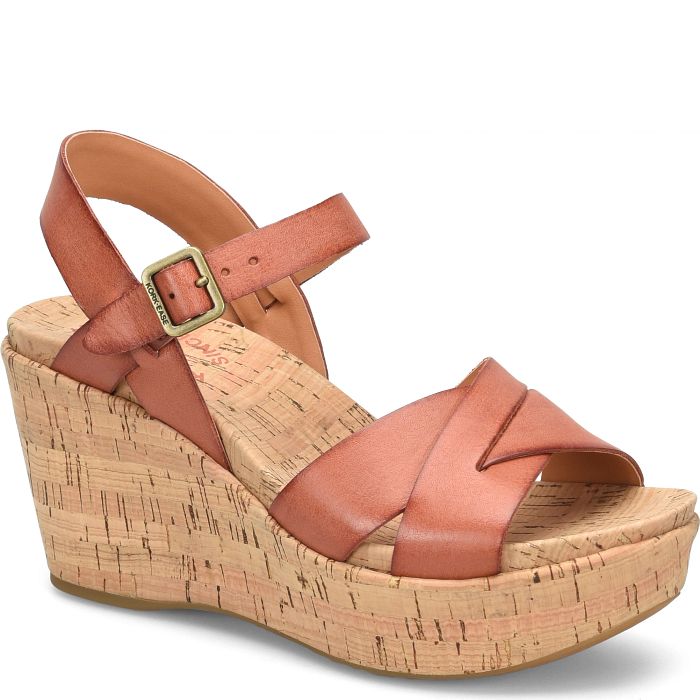
Platforms were still around in the 1980s, but were not a main stream trend. The trend market was filled with jellies, Reebok pumps, Vans and loafers. But the 1990s, that was the time of the Spice Girls. Platforms were one of their signature looks. And as the Spice Girls did, so did their fans.

The 90s were platform-palooza. Platform sandals, platform sneakers, platform mary janes, platform oxfords, basically any shoe you could stick a platform under got a platform. One would be remiss to not mention the catwalk tumble by supermodel Naomi Campbell at the Vivienne Westwood show in 1993, when a pair of 9″ platforms bested her. (Perhaps if she had had helpers or walking sticks on both sides like Venetian women, she would have been fine.)
https://web.archive.org/web/20230305164217/https://www.youtube.com/watch?v=07qOeokxDnM
There are lots of modern platforms out there, including plenty that reference 1940s and 1970s styles, but thanks to vintage lovers and sellers, you can still find the originals. Here are some of our favorites:
Read more about vintage platform shoes, sources and other interesting posts
Origins of Heels, Pompeii Theatrical Footwear. (You’ve seen their shoes at the movies.)
The Chopine, Metropolitan Museum of Art.
The Truly F*cked Up History of the Platform Shoe, Mic.com
The Unknown History of Platform Shoes, Interviewmagazine.com
These Platform Shoe Styles Ruled the 90s, Bustle.com


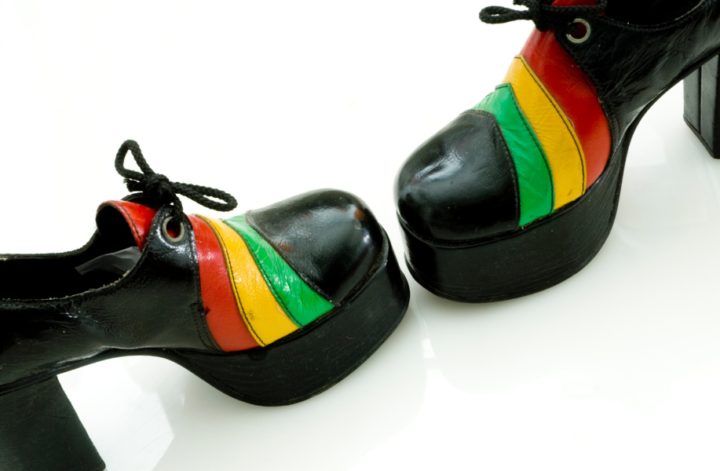
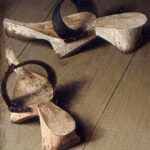

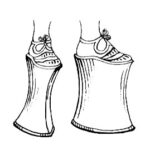

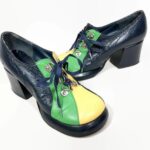

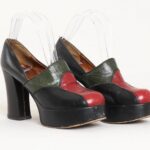



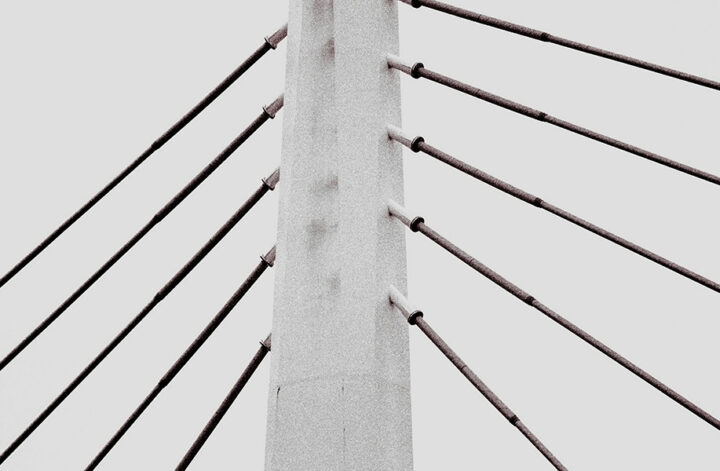
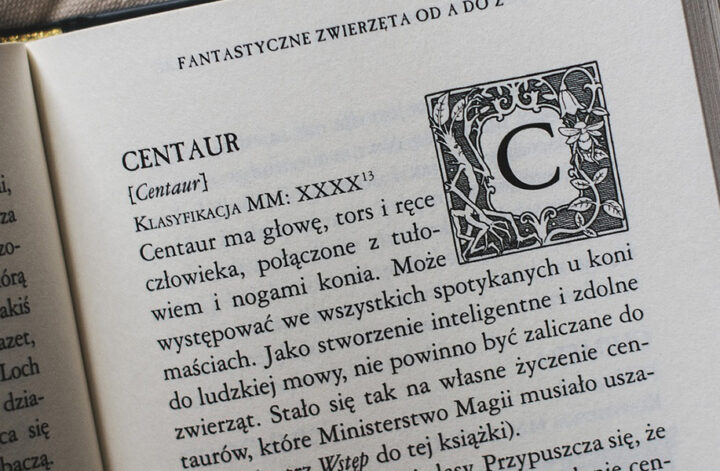
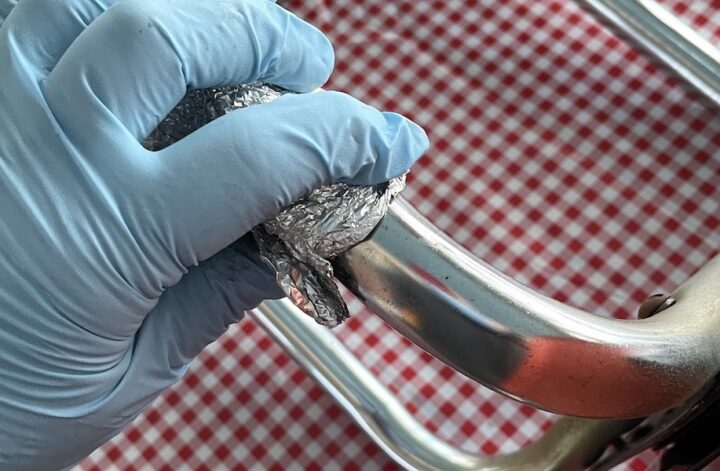
3 comments
Thanks for sharing this fascinating history, Laurie! I have a new level of respect for the Spice Girls and Naomi Campbell!!
Picture it…UMass Amherst autumn of 1970….a scrawny girl with the prize of her wardrobe my buffalo hide platforms! Took a few spills going down the hill from my dorm to get to classes…good times…
Thanks for the memories.
Oh the stories I could tell about my platform shoes over the years! I loved my platforms! Alas, I can no longer wear them, age and injuries have caught up with me. But the memories will remain.